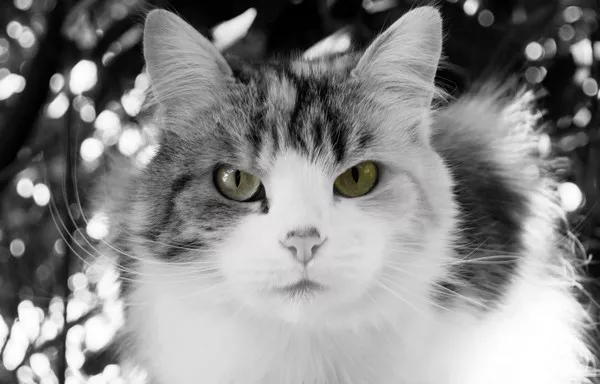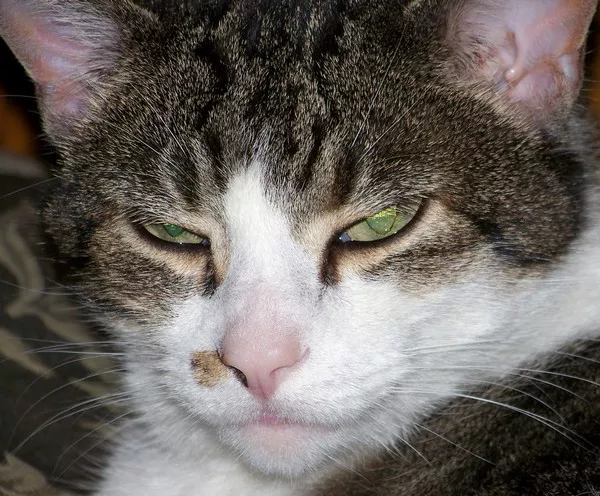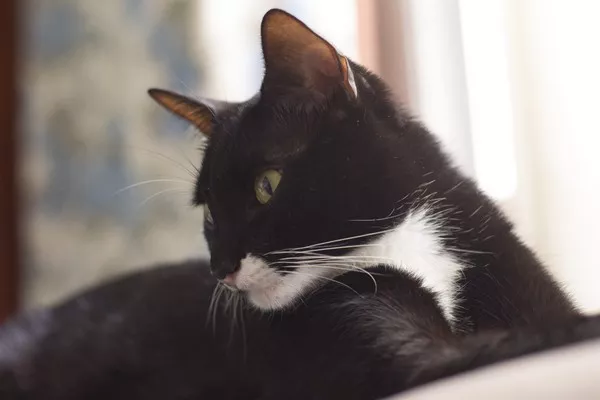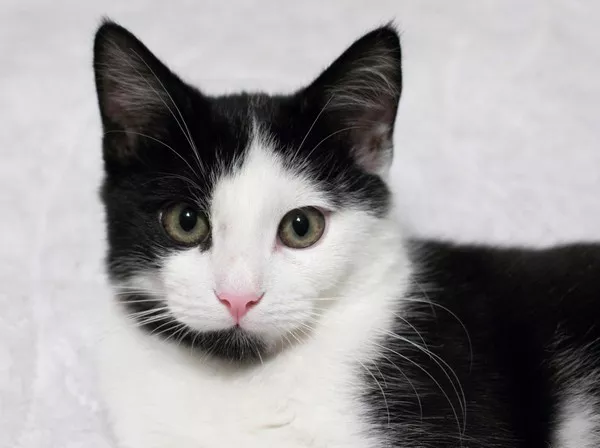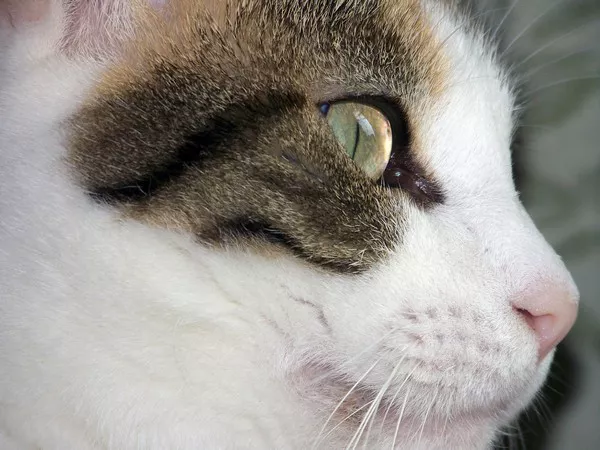Keeping cats indoors has been a topic of debate among cat owners and animal welfare experts. Some believe that cats should have the freedom to roam outside, while others argue that indoor living is safer and healthier for cats. This article explores the various aspects of indoor cat living, examining the pros and cons to determine whether it is unhealthy to keep a cat indoors.
The Safety and Health Benefits of Indoor Living
Protection from Traffic and Predators
One of the most significant benefits of keeping a cat indoors is the protection it offers from traffic and predators. Outdoor cats are at a higher risk of being hit by cars, attacked by other animals, or even harmed by humans. Indoor cats are safe from these dangers, leading to a potentially longer lifespan.
Reduced Risk of Disease
Indoor cats are less likely to contract diseases and parasites that are common among outdoor cats. Feline leukemia virus (FeLV), feline immunodeficiency virus (FIV), and various parasites like fleas, ticks, and worms are more prevalent in outdoor environments. By keeping cats indoors, owners can significantly reduce their pet’s exposure to these health risks.
Controlled Diet and Weight Management
Indoor cats have controlled access to food, making it easier for owners to manage their diet and weight. Outdoor cats may scavenge or hunt for food, leading to inconsistent and potentially unhealthy eating habits. A well-regulated diet helps maintain a cat’s overall health and prevents obesity-related issues.
The Potential Downsides of Indoor Living
Lack of Physical Exercise
One of the primary concerns of keeping a cat indoors is the potential lack of physical exercise. Outdoor cats have the opportunity to climb, run, and explore, which helps them stay fit and active. Indoor cats may become sedentary if they do not receive enough stimulation and exercise, leading to weight gain and related health problems.
Mental Stimulation and Boredom
Indoor cats may also face challenges in terms of mental stimulation. The outdoor environment offers a variety of sights, sounds, and smells that keep a cat’s mind engaged. Without proper enrichment, indoor cats can become bored and develop behavioral issues such as scratching furniture, over-grooming, or aggression.
Behavioral Problems
Boredom and lack of exercise can lead to various behavioral problems in indoor cats. These may include destructive behavior, excessive vocalization, and even litter box issues. It is crucial for cat owners to provide adequate mental and physical stimulation to prevent these problems.
Ensuring a Healthy Indoor Environment
Providing Physical Exercise
To ensure indoor cats get enough exercise, cat owners should provide opportunities for physical activity. This can include interactive play sessions with toys, climbing trees, and puzzle feeders. Regular playtime not only keeps cats physically active but also strengthens the bond between the cat and its owner.
See Also: Why Is My Cat so Clingy After Boarding?
Mental Enrichment
Mental enrichment is equally important for indoor cats. Owners can provide various forms of stimulation, such as puzzle toys, catnip, and window perches for bird-watching. Rotating toys and introducing new activities can keep a cat’s mind engaged and prevent boredom.
Creating a Stimulating Environment
Creating a stimulating indoor environment is essential for a cat’s well-being. This can be achieved by setting up multiple levels for climbing, scratching posts, and cozy hiding spots. Cats also enjoy watching the outside world, so placing bird feeders outside windows or using cat-safe plants can provide additional entertainment.
The Importance of Regular Veterinary Care
Routine Check-Ups
Whether a cat lives indoors or outdoors, regular veterinary check-ups are crucial for maintaining its health. Routine exams can help detect and prevent potential health issues before they become serious. Indoor cats, in particular, may develop health problems that are not immediately apparent, so regular vet visits are essential.
Vaccinations and Preventive Care
Even indoor cats need vaccinations and preventive care to protect against diseases. Core vaccines, such as those for rabies and feline distemper, are necessary for all cats. Additionally, preventive treatments for fleas, ticks, and heartworms should not be overlooked, as indoor cats can still be exposed to these parasites.
Social Interaction and Companionship
Human Interaction
Indoor cats rely heavily on their human companions for social interaction. Spending quality time with your cat through petting, talking, and playing is vital for their emotional health. Cats that receive ample attention from their owners are less likely to develop behavioral issues and are generally happier.
Multi-Cat Households
For those who can manage it, adopting multiple cats can provide social interaction and companionship for each other. Cats are social animals and can benefit from the company of their own kind. However, it is important to ensure that all cats in the household get along and have their own space to retreat to when needed.
Addressing Common Myths About Indoor Cats
Myth: Indoor Cats Are Unhappy
A common myth is that indoor cats are unhappy compared to their outdoor counterparts. While it is true that cats enjoy exploring, they can also be content indoors if their environment is enriching and their physical and mental needs are met. Many indoor cats live happy, healthy lives with proper care and attention.
Myth: Indoor Cats Do Not Need Flea and Tick Prevention
Some owners believe that indoor cats do not need flea and tick prevention. However, indoor cats can still be exposed to these parasites through windows, doors, or other pets in the household. It is essential to provide regular preventive treatments to keep indoor cats free from fleas and ticks.
Myth: Indoor Cats Do Not Require Vaccinations
Another myth is that indoor cats do not need vaccinations. While indoor cats are at a lower risk of contracting certain diseases, they are not entirely immune. Core vaccinations are necessary to protect indoor cats from potential infections, and some vaccines are required by law in certain areas.
Conclusion
In conclusion, it is not inherently unhealthy to keep a cat indoors, provided their physical, mental, and emotional needs are met. Indoor living can protect cats from many dangers and health risks associated with the outdoor environment. However, cat owners must take proactive steps to ensure their indoor cats receive adequate exercise, mental stimulation, and social interaction.
By creating a stimulating environment, providing regular veterinary care, and addressing the unique needs of indoor cats, owners can help their feline companions live happy, healthy lives indoors. Balancing these factors is key to ensuring that indoor cats thrive and enjoy their lives to the fullest.



